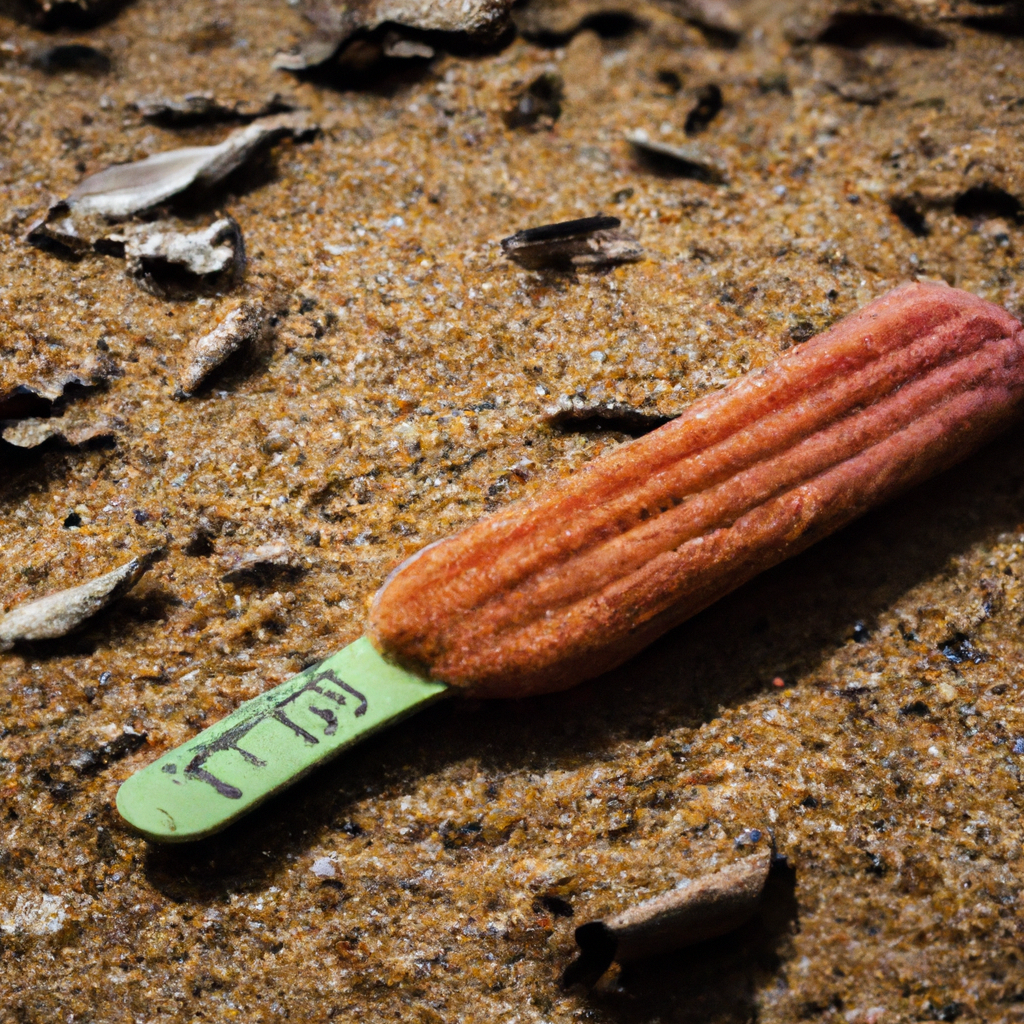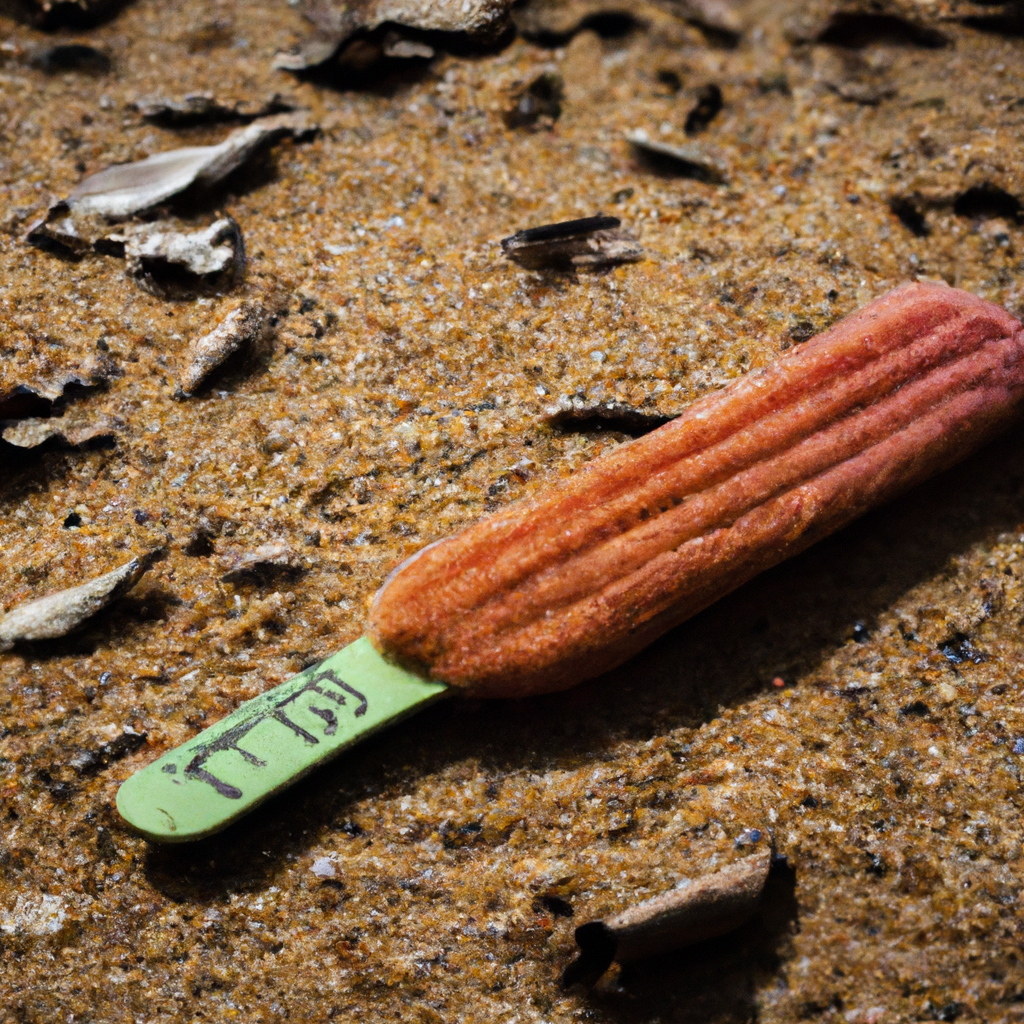So, you’re curious about the sizzling temperatures in Panama and wondering which month takes the crown as the hottest. Well, look no further! In this article, we’ll unveil the answer to your burning question about the scorching heat in this Central American paradise. From the vibrant city streets of Panama City to the lush rainforests and pristine beaches, you’ll discover which month sets the mercury soaring and what makes it so blisteringly hot. Get ready to feel the heat as we uncover the truth about the hottest month in Panama!

The Climate of Panama
Panama is well-known for its tropical climate, which means that the country experiences warm and humid weather throughout the year. The country is located in Central America, between Costa Rica and Colombia, and is surrounded by the Caribbean Sea and the Pacific Ocean. Due to its geographical location, Panama is influenced by various climate factors that contribute to its unique weather patterns.
Tropical Climate
Panama falls under the category of a tropical climate, which is characterized by high temperatures and humidity levels. The country does not experience distinct seasons like those in temperate regions, but rather has two main seasons: the rainy season and the dry season.
Rainy Season vs Dry Season
The rainy season in Panama typically lasts from May to November, while the dry season extends from December to April. During the rainy season, the country receives a significant amount of rainfall, with May and November being the wettest months. On the other hand, the dry season is marked by less rainfall and lower humidity levels, making it a popular time for tourists to visit.
Average Temperature in Panama
The average temperature in Panama varies throughout the year and is influenced by factors such as location, elevation, and ocean currents. Understanding the temperature fluctuations is essential for planning activities and making the most of your time in Panama.
Temperature Fluctuations Throughout The Year
In general, Panama experiences relatively consistent temperatures throughout the year, with little variation between seasons. The average annual temperature ranges from 75°F (24°C) to 85°F (29°C), making it a desirable destination for those seeking warm weather.
Coastal vs Inland Temperature Differences
While the coastal regions of Panama tend to have more stable temperatures, the inland areas experience more significant fluctuations. The mountains and highlands in Panama, such as the Chiriquí Highlands, often have cooler temperatures due to their higher elevations. Coastal areas, such as Bocas del Toro and Panama City, tend to be warmer and more consistent in terms of temperature.

Factors Affecting Temperature in Panama
Several factors influence the temperature in Panama, shaping its unique climatic conditions. Here are two significant factors that play a role in determining the temperature patterns in the country:
El Niño and La Niña Phenomena
El Niño and La Niña are climatic phenomena that occur in the Pacific Ocean and significantly influence weather patterns worldwide, including Panama. El Niño refers to a warm phase, while La Niña refers to a cold phase. During El Niño years, Panama experiences drier conditions and warmer temperatures, while La Niña years may see increased rainfall and cooler temperatures.
Ocean Currents and Sea Surface Temperatures
The ocean currents surrounding Panama, particularly the Pacific and Caribbean currents, play a crucial role in regulating the temperature. The Panama Current, a branch of the Pacific current, brings warm water to the country’s Pacific coast, contributing to the warm temperatures experienced in coastal regions. Meanwhile, the Caribbean current influences the temperatures along the country’s Caribbean coast.
The Hottest Months in Panama
While Panama generally experiences warm temperatures year-round, some months are hotter than others. Let’s take a closer look at the hottest months in Panama:
January
January is one of the hottest months in Panama, especially in the coastal areas. With average temperatures ranging from 80°F (27°C) to 90°F (32°C), it can be a great time to enjoy the beaches and outdoor activities.
February
February is another hot month in Panama, with similar temperatures to January. It’s an excellent time to explore the country’s natural beauty and engage in water-based adventures.
March
March is known for its high temperatures in Panama, often reaching 90°F (32°C) or higher. If you’re planning to visit during this time, make sure to stay hydrated and take necessary precautions to beat the heat.
April
April marks the arrival of the dry season in Panama. The temperatures remain hot, ranging from 85°F (29°C) to 95°F (35°C), making it an ideal time to explore the country’s vibrant culture and historical sites.
May
May is the beginning of the rainy season in Panama, but that doesn’t mean it cools down significantly. Average temperatures range from 85°F (29°C) to 90°F (32°C), and occasional rain showers provide relief from the heat.
June
June continues to be a hot month in Panama, with temperatures ranging from 85°F (29°C) to 90°F (32°C). While it may be humid, the lush green landscapes during the rainy season offer a unique beauty.
July
July is often considered one of the hottest months in Panama, with temperatures regularly reaching 90°F (32°C) or higher. Take advantage of the warm weather by exploring outdoor attractions or enjoying water sports.
August
August maintains the hot temperature trend, making it an excellent time for beach activities and outdoor adventures. The average temperatures remain around 90°F (32°C), providing plenty of opportunities for fun under the sun.
September
September is still characterized by high temperatures, but it also brings more rain as the rainy season reaches its peak. The combination of heat and rainfall creates a lush and vibrant environment in Panama.
October
October continues to be hot and rainy in Panama, with temperatures ranging from 85°F (29°C) to 90°F (32°C). While the weather may be humid, it can also be an excellent time to experience the country’s natural wonders, such as the rainforests and wildlife.
Temperature Extremes in Different Regions of Panama
As mentioned earlier, Panama’s temperature can vary depending on the region. Here are some examples of temperature extremes in different parts of the country:
Bocas del Toro
Bocas del Toro, located on the Caribbean coast, experiences relatively consistent temperatures throughout the year. The average annual temperature in Bocas del Toro ranges from 75°F (24°C) to 85°F (29°C), making it a popular tourist destination for beach lovers.
Panama City
Panama City, the capital and largest city of Panama, has a tropical savannah climate. The city experiences high temperatures year-round, with average daily temperatures ranging from 80°F (27°C) to 90°F (32°C). The urban landscape and heat can create a more intense heat island effect, leading to higher temperatures within the city.
Chiriquí Highlands
The Chiriquí Highlands, located in western Panama, offer a cooler climate compared to the coastal regions. The highlands have a more temperate climate due to their higher elevations, with average temperatures ranging from 60°F (16°C) to 75°F (24°C). This region is known for its breathtaking landscapes and is a popular destination for hikers and nature enthusiasts.
Darien Province
Darien Province, located in eastern Panama, experiences a hot and humid climate similar to the rest of the country. However, due to its dense rainforest and relatively remote location, temperature extremes can be felt more intensely in this region. The average temperatures in Darien Province range from 75°F (24°C) to 90°F (32°C), reflecting the tropical nature of the area.
Effects of Heat in Panama
The heat in Panama can have various effects on human health, agriculture, and wildlife. Understanding these impacts is important for both residents and visitors alike.
Human Health
The high temperatures in Panama, especially during the hottest months, can pose health risks, particularly for those who are not acclimatized to such climates. Heat exhaustion, heat stroke, and dehydration are common concerns. It is crucial to stay hydrated, seek shade, and protect oneself from the sun’s harmful rays to prevent heat-related illnesses.
Agriculture
The agricultural sector in Panama heavily relies on the climate for successful crop cultivation. The extended dry season can limit water availability, affecting irrigation and crop production. On the other hand, heavy rainfall during the rainy season can lead to soil erosion and flooding, which can be detrimental to certain crops.
Wildlife and Ecosystems
The heat and changing climate patterns can impact Panama’s diverse wildlife and ecosystems. Species that are sensitive to temperature changes may face challenges in adapting to the changing environment. Additionally, the effects of climate change, such as rising sea levels and temperature increases, can impact coastal ecosystems, including coral reefs and mangroves.
Tips for Dealing with the Heat
To cope with the heat in Panama, here are some useful tips to keep in mind:
Stay Hydrated
Drinking plenty of water is essential to stay hydrated, especially during the hottest months. Carry a reusable water bottle and make sure to replenish fluids regularly.
Use Sun Protection
Protecting your skin from the sun’s harmful rays is crucial. Apply sunscreen with a high SPF, wear a hat, and use sunglasses to shield your eyes.
Dress Appropriately
Choose lightweight and breathable clothing to prevent overheating. Light-colored clothing can also help reflect the sun’s rays and keep you cooler.
Seek Shade
When outdoors, seek shade to escape the direct heat of the sun. Stay under trees, umbrellas, or other shaded areas to reduce your exposure to the sun.
Prevent Sunburns
Even on cloudy days, UV rays can still be damaging. Avoid sunburns by reapplying sunscreen regularly, especially after swimming or sweating, and limit your sun exposure during peak hours.
Conclusion
Panama’s tropical climate and unique weather patterns contribute to its vibrant and diverse environment. The country experiences warm temperatures year-round, with some months being hotter than others. Understanding the temperature fluctuations, effects of heat, and tips for dealing with the heat will help both residents and visitors make the most of their time in this beautiful Central American country. Remember to stay hydrated, protect yourself from the sun, and dress appropriately to stay comfortable and safe while enjoying all that Panama has to offer.
